Over the past couple of decades, the movie “Titanic” has achieved cult status in the world of cinema. There are various reasons for its enduring popularity, but one of the key factors is the air of mystery that surrounds the entire event.
In the film, the infamous “Heart of the Ocean” plays a significant role as a symbol of love tragically cut short. This piece of jewelry captures the imagination of viewers, leading them to wonder if the diamond truly existed and what its value might be.
Fortunately, we’re here to provide you with some intriguing insights into this diamond and the price one would have to pay to possess this exquisite gem.
If you’re curious to learn more, continue reading!
DESIGN YOUR OWN ENGAGEMENT RING: START WITH A SETTING OR START WITH A DIAMOND. IT’S REALLY UP TO YOU!
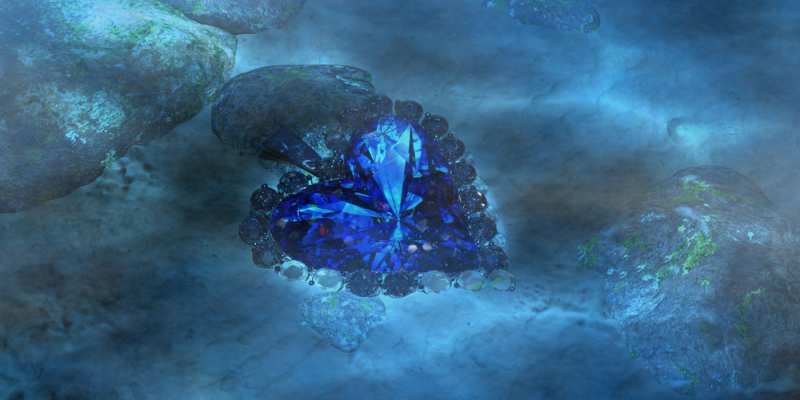
The Heart Of The Ocean – Real Or Not?
In the movie “Titanic,” a blue diamond known as The Heart of the Ocean or Le Cœur de la Mer was given to Rose, the film’s main character, by her then-boyfriend Cal Hockley.
Towards the end of the movie, an elderly Rose throws the diamond into the ocean from a boat. As Titanic is based on a true story, it’s natural to wonder if the diamond actually existed.
However, here’s the disappointing truth: The Heart of the Ocean is purely a fictional creation for the purpose of the film. There is no real diamond with that name.
Nevertheless, what’s fascinating is that the design and concept of the Heart of the Ocean were inspired by a genuine diamond with a rich historical background called the Hope Diamond.
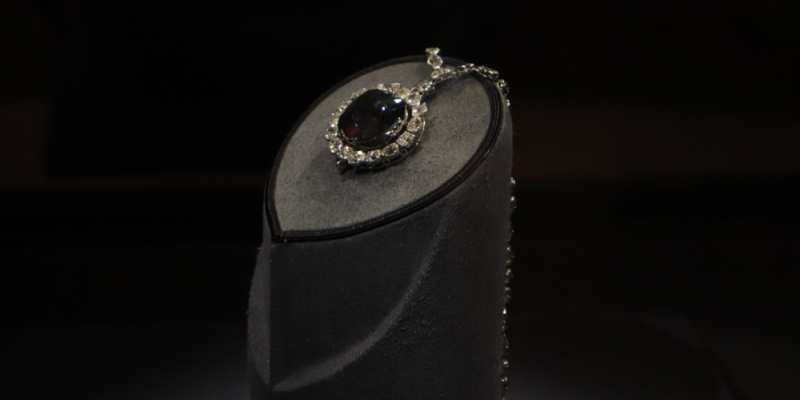
The Hope Diamond
The history of the Hope Diamond is as captivating as its on-screen counterpart. Let’s delve into its remarkable journey throughout the years.
The Tavernier Blue:
In the mid-17th century, a gem known as the Tavernier Blue was discovered by John Baptist Tavernier in the Kollur Mine. Initially, it remained unnamed, but Tavernier was so enthralled by its beauty that he purchased it and named it after himself.
The French Blue:
In 1668, John Tavernier sold the diamond to none other than King Louis XIV of France. This marked the first recorded instance of a blue diamond in European history. The French king referred to it as the “French Blue” or “Blue Diamond of The Crown” and cherished it, frequently adorning himself with the gem. Over time, the diamond underwent several reshaping processes, sacrificing some of its original weight but gaining even greater splendor.
After Louis XIV’s passing, the diamond was inherited by his great-grandson, Louis XV, who then passed it down to his grandson, who was married to Marie Antoinette. The ill-fated queen was also fond of the French Blue and wore it on various occasions. However, during the French Revolution in 1792, the diamond was taken by the government for safekeeping but was subsequently stolen.
Reappearance:
Following its theft in the 18th century, the diamond remained missing until it resurfaced in the early 19th century in England. A London expert identified it as the long-lost French Blue, previously known as the Tavernier Blue. Some speculated that it had once belonged to King George IV and was sold after his death to settle his outstanding debts.
The Hope Diamond:
In 1839, it came to light that Henry Philip Hope possessed an extraordinarily rare blue diamond in his collection. Although the exact details of its acquisition are unknown, it was named the Hope Diamond after its owner, Henry Philip Hope.
The diamond passed down through generations of the Hope family until it came into the possession of Pierre Cartier, the founder of Cartier jewelry, in 1909. Evalyn Walsh McLean, a prominent socialite from Washington D.C., was the last private owner of the diamond. She had it set into a necklace alongside 45 white diamonds, and this iconic piece still exists today.
Following Ms. McLean’s passing, her entire jewelry collection was acquired by Harry Winston Inc., and the Hope Diamond was showcased at various events worldwide. It currently resides in the Smithsonian Institution, where visitors can marvel at its beauty on display.
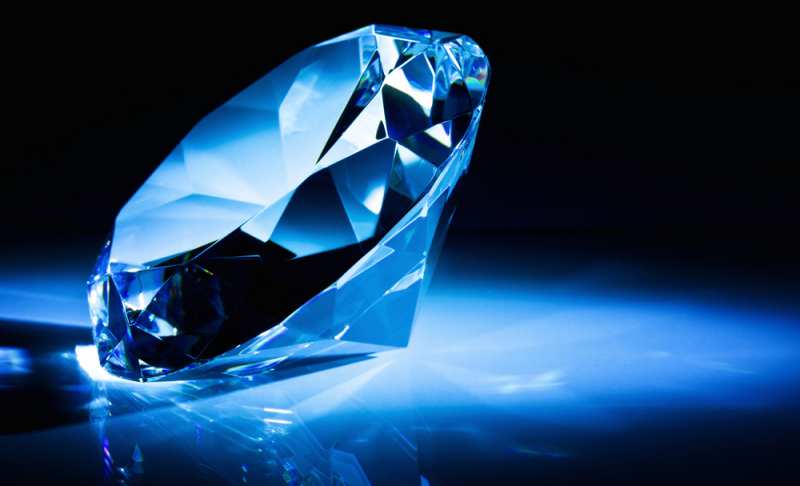
The Curse
Legend has it that the diamond had a curse associated with it, believed to stem from its origins as part of a statue of a Hindu goddess. Supposedly, the removal of the diamond triggered the goddess’s wrath, resulting in misfortune for many of its owners.
Throughout history, the owners of this magnificent diamond experienced a series of tragedies and hardships. Mr. Tavernier, the initial discoverer, reportedly met a gruesome end, torn apart by dogs not long after selling the diamond.
King Louis XIV, who acquired the diamond, succumbed to gangrene, and most of his children passed away at a young age.
King Louis XV, however, appeared to have been spared from the diamond’s curse. Yet, his son and daughter-in-law, King Louis XVI and Marie Antoinette, met their tragic demise on the guillotine during the French Revolution.
During its time with the Hope family, the diamond was said to have been connected to various scandals and illnesses.
Evalyn Walsh McLean, the final private owner, faced significant personal losses and mental health challenges. Her daughter tragically died at the age of 25 from a drug overdose, leaving McLean grief-stricken and burdened with her daughter’s substantial debts. McLean herself eventually passed away while residing in a mental institution.
These accounts contribute to the enduring lore surrounding the curse associated with the diamond’s history.
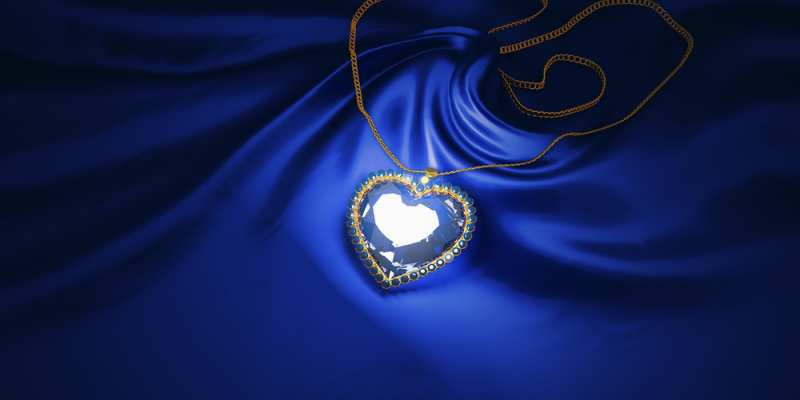
The Worth Of The Hope Diamond
The Hope Diamond, with its remarkable history, is not only captivating but also holds immense value due to its rarity.
Weighing a precious 45.52 carats, the Hope Diamond is estimated to be worth around $350 million as of 2021. However, it is not available for purchase, as it resides on permanent display at the Smithsonian Institute.
So, if you happened to have a spare $350 million and were considering acquiring this exceptionally rare and potentially cursed blue diamond, unfortunately, it is not an option for you. But you can still marvel at its beauty and captivating story by visiting it at the Smithsonian Institute.
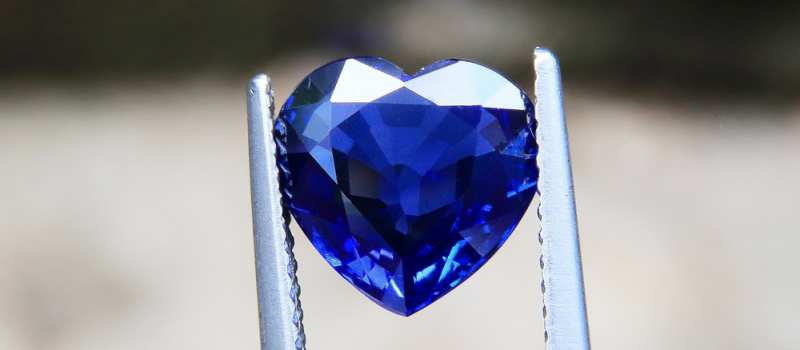
The Movie Prop
Regarding the “Heart of the Ocean,” it is clear that it is not an authentic diamond, and therefore its value cannot be determined in the same way as a natural diamond.
Nonetheless, it holds significance and is not considered completely devoid of worth. The original prop used in the production of Titanic has inherent value due to its connection to cinematic history.
Its approximate worth is estimated to be around $10,000, and it is currently safeguarded in the archives of Twentieth Century Fox, preserving its place in the legacy of the film.
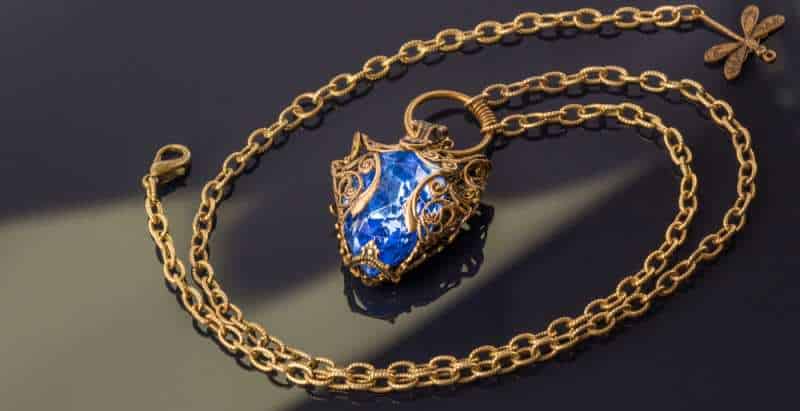
Conclusion
If you’ve been curious about the value of the blue diamond from Titanic, we hope to have provided some insights, even though it’s not a straightforward answer.
Here’s a recap of the intriguing details about the “Heart of the Ocean” and the French Blue, which continue to captivate people worldwide:
The “Heart of the Ocean” is a movie prop, not an actual diamond. However, it was inspired by the real Hope Diamond.
The Hope Diamond has a tumultuous history, passing through the hands of French royalty, including Marie Antoinette, being stolen, changing owners within the Hope family, and ultimately finding its place in the collection of Ms. McLean, an American socialite.
Its journey eventually led it to Harry Winston Inc. and then to its current home at the Smithsonian Institute.
Aside from its beauty, the Hope Diamond is renowned for its association with the infamous curse.
Despite the potential ill fortune it carries, the diamond is exceptionally rare and precious, with an estimated value of around $350 million.
Regarding the “Heart of the Ocean” from the Titanic movie, it is valued at approximately $10,000 and remains in the possession of Twentieth Century Fox.
Now that you’re well-informed about this captivating subject, you can delve into exploring other renowned diamonds.
Enjoy your further research!


